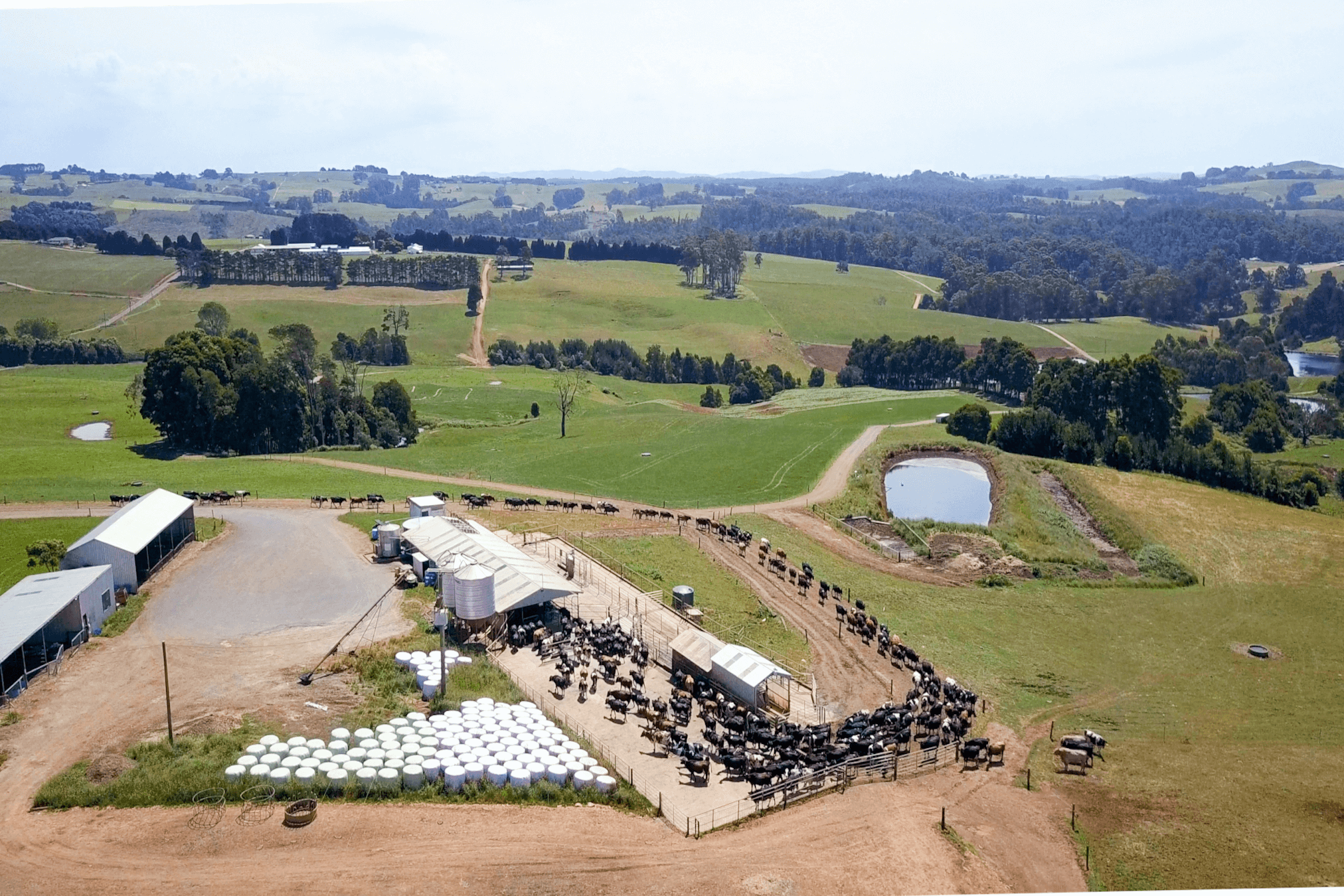The Pasture Predictor
Forecasting of pasture growth rates is important for beef and dairy farmers. Farmers need to understand how the near–term weather forecast, soil type, soil moisture levels, and soil nitrogen levels are going to collectively impact on their pasture growth so they can make more informed and timely management decisions. But with so many variables, how do they know if the growth rate is going to increase,
flat line, or crash?

Sense–T has created an online dashboard for farmers that provides a clear–cut indication of pasture growth. The tool helps inform farmers of when to purchase nitrogen fertiliser or external feed concentrate, grazing time per paddock and therefore when to move the herd, and when irrigation may be useful.
Senior Research Fellow Dr Matthew Harrison says the Pasture Predictor uses a biophysical model that ingests measured sensor data and forecast data to predict near–term growth for seven different sites in Tasmania, and three in Victoria.
“We are using climate data feeds, measured data, including soil moisture, and forecast data from the global climate model, POAMA. We are also able to select different soil types, irrigation strategies and various nitrogen levels, according to where farmers are located.
“Along with providing an indication of the optimum rate of nitrogen to apply, farmers can use the tool in order to increase water–use efficiency and also prevent overgrazing; and if they’re aware of the near–term growth rate they can move their cows in paddocks accordingly,” said Matthew.
The tool also indicates the impact of climate change in different areas of Tasmania, growth indices throughout the year (more robust measures of the impacts of climate on pasture growth rates), and optimum rate of nitrogen applied.

Matthew says that mainly dairy farmers and red meat consultants use the pasture predictor, with resounding success.
“We receive a lot of positive feedback and satisfaction from many dairy farmers and red–meat consultants, who tell us they regularly use the dashboard to determine the near–term forecast for growth rates, and the potential home–grown feed production they should be targeting.”
There is also substantial interest from research and development corporations in keeping the tool maintained and updated to support the work that we are currently completing.”
Future Outcomes
“The next step would be to calibrate the models so forecast can be produced that are specific to certain paddocks, particularly dairy regions where pasture growth rate is high and people are dependent on grass grown on farm, as this is the cheapest form of feed.
“We are also looking at expanding the number of sites. We are currently applying for funding to expand the Pasture Predictor into New South Wales,” says Matthew.